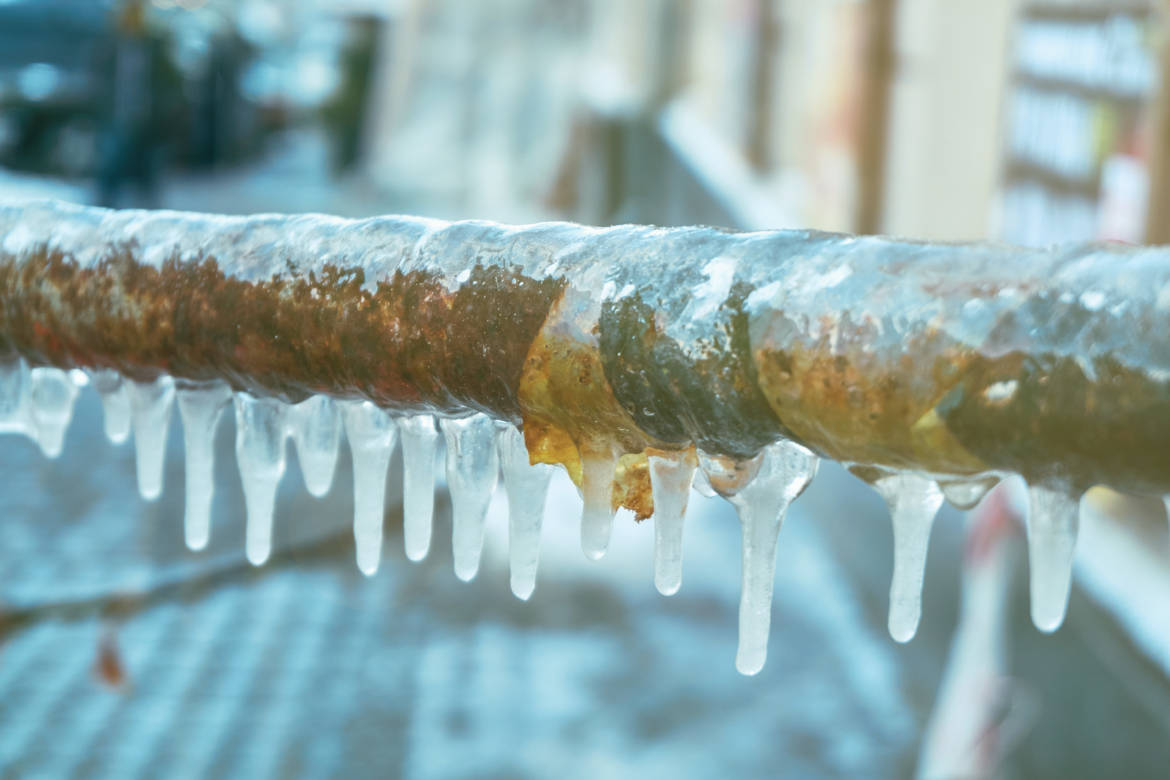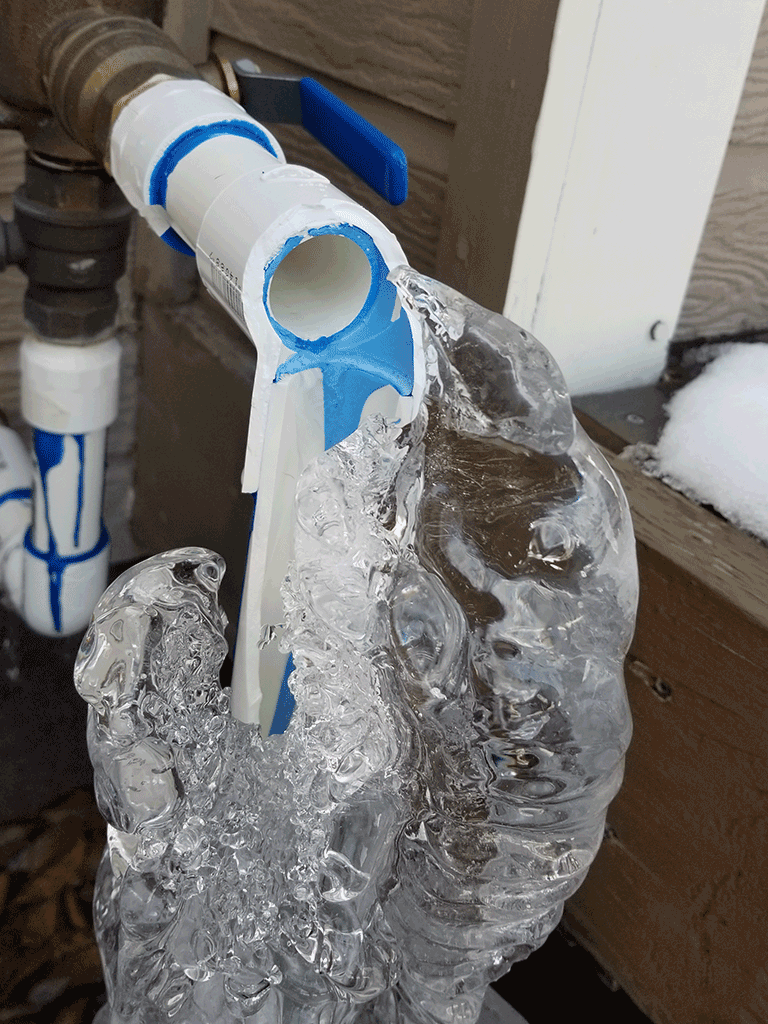Preventing Frozen Plumbing: Effective Strategies for Cold Weather
Preventing Frozen Plumbing: Effective Strategies for Cold Weather
Blog Article
They are making a number of great points on Winter Plumbing Precautions: Preventing Frozen Pipes overall in the article down below.

Cold weather can damage your plumbing, specifically by freezing pipelines. Below's just how to avoid it from occurring and what to do if it does.
Introduction
As temperature levels decrease, the risk of icy pipelines increases, possibly leading to pricey repair work and water damage. Comprehending just how to prevent frozen pipes is vital for homeowners in chilly environments.
Recognizing Frozen Pipelines
What creates pipelines to freeze?
Pipes ice up when revealed to temperatures below 32 ° F (0 ° C) for prolonged durations. As water inside the pipelines ices up, it expands, putting pressure on the pipe walls and potentially causing them to burst.
Dangers and damages
Icy pipes can result in water interruptions, property damage, and expensive repair services. Ruptured pipes can flooding homes and trigger extensive structural damages.
Signs of Frozen Water Lines
Identifying icy pipes early can avoid them from rupturing.
Exactly how to identify icy pipes
Seek decreased water circulation from faucets, uncommon odors or sounds from pipes, and noticeable frost on exposed pipes.
Avoidance Tips
Shielding prone pipes
Wrap pipes in insulation sleeves or make use of heat tape to secure them from freezing temperature levels. Concentrate on pipes in unheated or external areas of the home.
Heating methods
Keep indoor spaces appropriately heated, especially areas with plumbing. Open cabinet doors to enable warm air to circulate around pipes under sinks.
Shielding Outdoor Pipes
Yard pipes and outside faucets
Disconnect and drain pipes yard hose pipes before winter months. Set up frost-proof faucets or cover outside faucets with protected caps.
What to Do If Your Pipes Freeze
Immediate activities to take
If you think frozen pipelines, maintain faucets open up to eliminate pressure as the ice thaws. Make use of a hairdryer or towels soaked in hot water to thaw pipelines slowly.
Long-Term Solutions
Structural adjustments
Think about rerouting pipes away from outside walls or unheated areas. Include added insulation to attic rooms, basements, and crawl spaces.
Upgrading insulation
Purchase high-quality insulation for pipes, attics, and wall surfaces. Correct insulation aids preserve constant temperatures and lowers the risk of icy pipelines.
Verdict
Preventing icy pipelines needs positive procedures and quick reactions. By comprehending the causes, indicators, and safety nets, house owners can protect their pipes throughout winter.
5 Ways to Prevent Frozen Pipes
Drain Outdoor Faucets and Disconnect Hoses
First, close the shut-off valve that controls the flow of water in the pipe to your outdoor faucet. Then, head outside to disconnect and drain your hose and open the outdoor faucet to allow the water to completely drain out of the line. Turn off the faucet when done. Finally, head back to the shut-off valve and drain the remaining water inside the pipe into a bucket or container. Additionally, if you have a home irrigation system, you should consider hiring an expert to clear the system of water each year.
Insulate Pipes
One of the best and most cost-effective methods for preventing frozen water pipes is to wrap your pipes with insulation. This is especially important for areas in your home that aren’t exposed to heat, such as an attic. We suggest using foam sleeves, which can typically be found at your local hardware store.
Keep Heat Running at 65
Your pipes are located inside your walls, and the temperature there is much colder than the rest of the house. To prevent your pipes from freezing, The Insurance Information Institute suggests that you keep your home heated to at least 65 degrees, even when traveling. You may want to invest in smart devices that can keep an eye on the temperature in your home while you’re away.
Leave Water Dripping
Moving water — even a small trickle — can prevent ice from forming inside your pipes. When freezing temps are imminent, start a drip of water from all faucets that serve exposed pipes. Leaving a few faucets running will also help relieve pressure inside the pipes and help prevent a rupture if the water inside freezes.
Open Cupboard Doors
Warm your kitchen and bathroom pipes by opening cupboards and vanities. You should also leave your interior doors ajar to help warm air circulate evenly throughout your home.

I am very focused on 6 Ways to Prevent Frozen Pipes and I'm hoping you enjoyed reading the entire blog entry. Are you aware of another individual who is intrigued by the niche? Why not share it. Thank-you for your time invested reading it.
Click Here Report this page